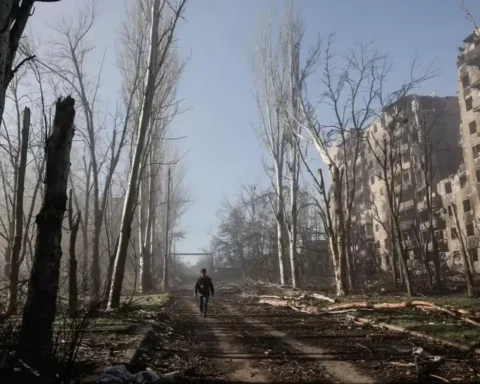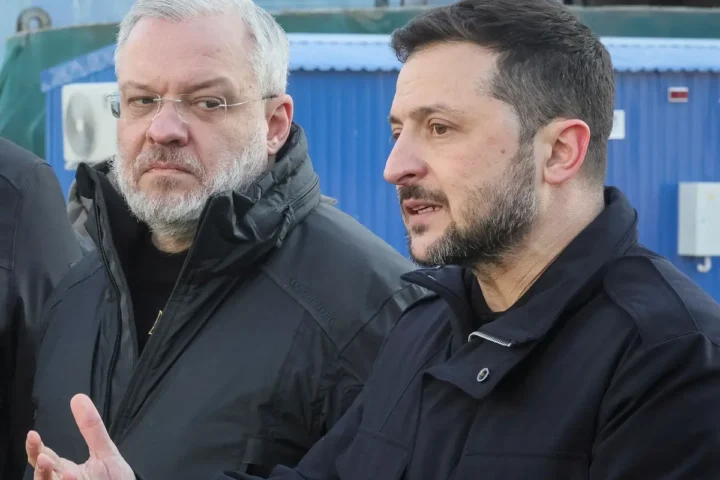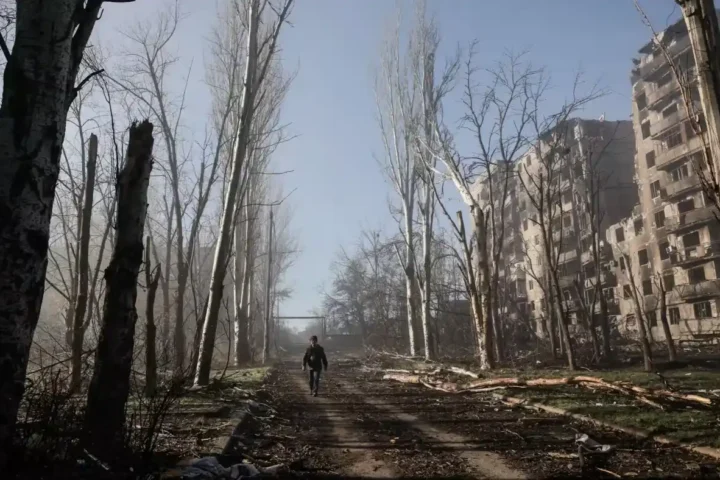Russian authorities are projecting for 2026 the lowest oil and gas receipts since the 2020 pandemic: softer commodity prices and a stronger ruble are eating into budget collections. According to amendments to the 2026 budget published on the State Duma’s website, the total tax take from the oil and gas sector in 2026 will be about 8.65 trillion rubles (around $100 billion). That’s roughly 22% less than in 2025. In Bloomberg’s view, this shortfall undermines one of the federal treasury’s key revenue sources.
Taxes from hydrocarbon producers and exporters are a critical line item: in 2026 they are expected to provide almost a quarter of all budget inflows. At the same time, Moscow intends to keep increasing military expenditures to finance the ongoing war in Ukraine. To close the gap, the authorities are preparing hikes in certain taxes, including VAT, and plan to step up market borrowing — the budget logic implied by the submitted amendments.
Sanctions add further pressure to export earnings. Western countries and their allies have already imposed a broad set of restrictions on Russia’s energy sector. As Bloomberg notes, President Donald Trump has recently increased pressure on NATO partners — including Turkey — to fully stop purchasing Russian barrels.
The price backdrop for Russian grades remains unfavorable. The budget assumes that the average price of Urals in 2026 will be about $58 per barrel versus $66.60 in 2025. Despite sanctions, the main reason for the decline is concern over global economic growth, which is pulling oil prices lower. The government also expects the Urals discount to Brent to remain around $12 per barrel. The gap has narrowed compared with the early years of the war but still noticeably exceeds the historical $2–4 per barrel — a consequence of the sanctions regime and logistics costs.
Another negative factor is the ruble’s exchange rate. For 2026, the cabinet assumes an average of 86.1 rubles per U.S. dollar versus 92.4 rubles in 2025. A stronger ruble means the budget receives fewer rubles for every export barrel of oil or cubic meter of gas, even if dollar revenue is unchanged.
In the medium term, officials expect a gradual recovery in oil and gas receipts after 2026 as Urals prices slowly rebound. Even so, annual inflows in the coming years are expected to remain below the 2024 level, which will continue to weigh on the federal balance sheet, Bloomberg notes.
The bottom line for the budget is straightforward: with weak oil prices, expanded sanctions pressure, and a stronger ruble, the state has to retune the tax system and increase borrowing to finance wartime priority spending.
This article was prepared based on materials published by Bloomberg. The author does not claim authorship of the original text but presents their interpretation of the content for informational purposes.
The original article can be found at the following link: Bloomberg.
All rights to the original text belong to Bloomberg.


















